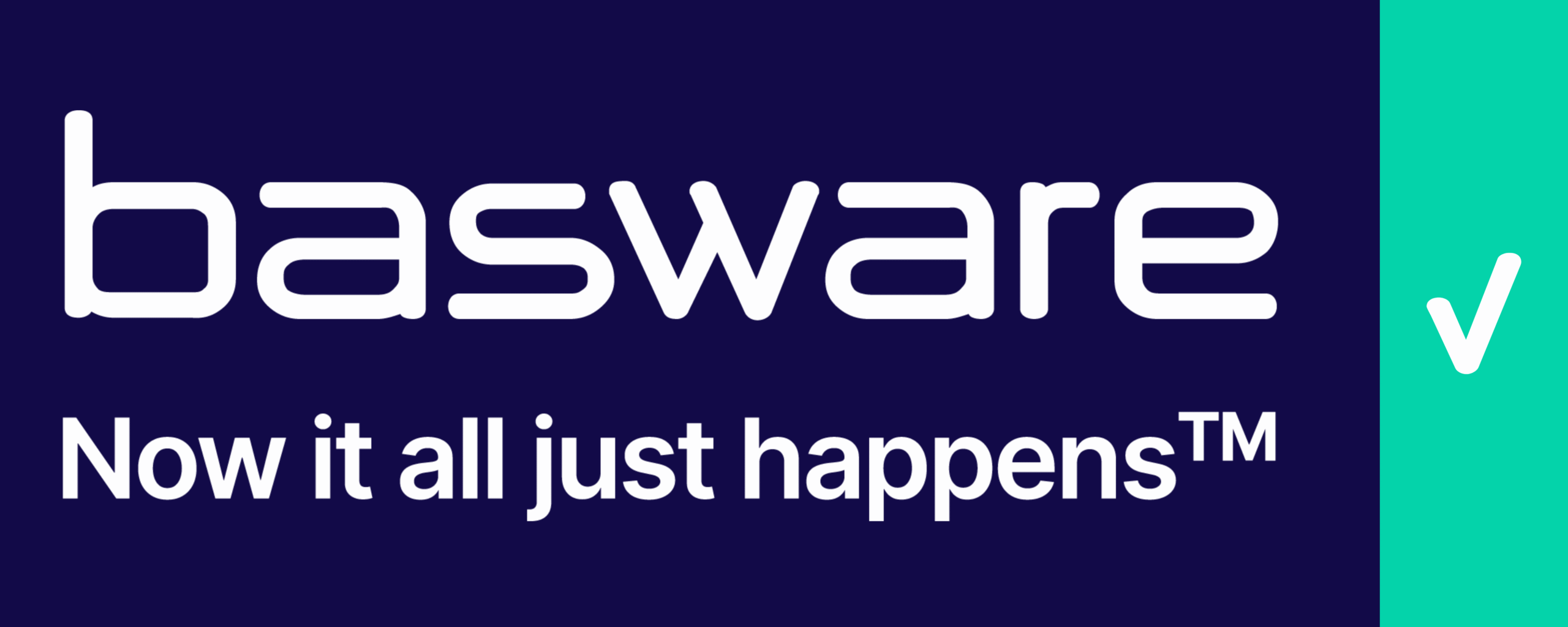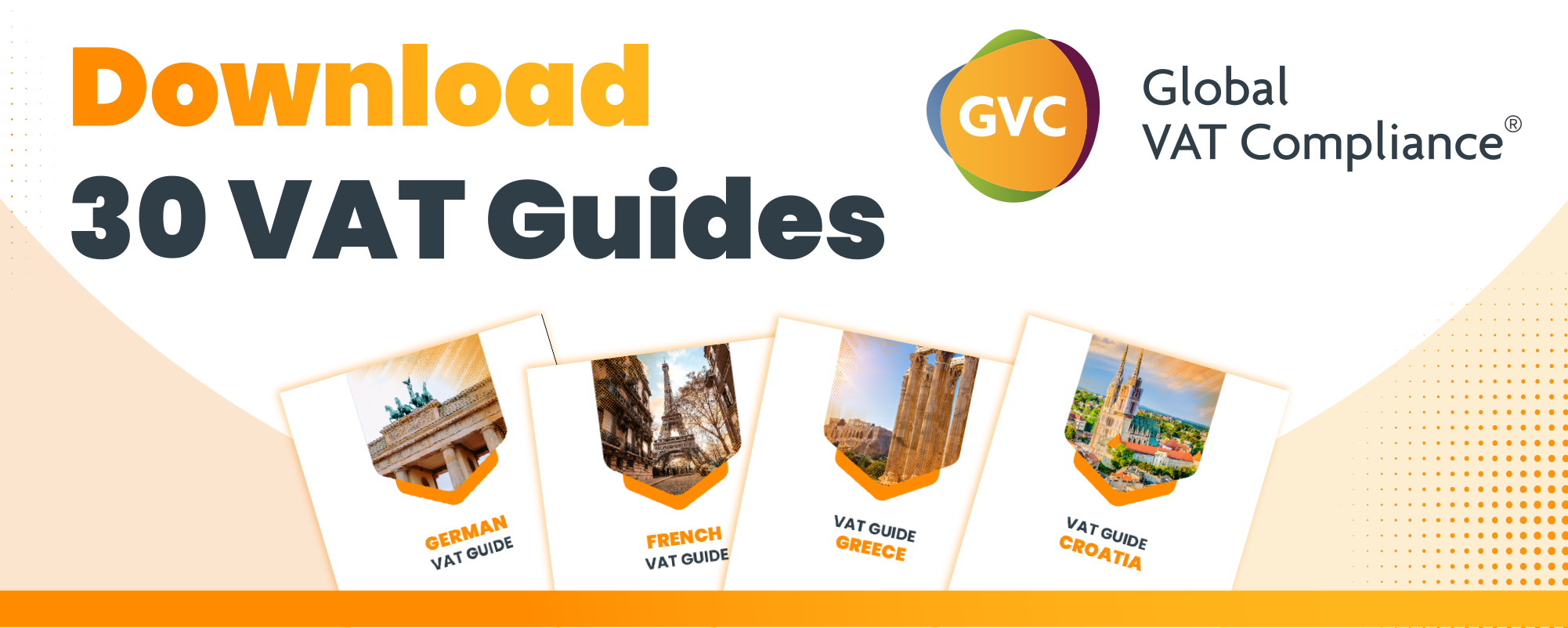by Smita Singh and Ayush Gupta
Singh & Associates
Around the year 2016, with increasing involvement of private partnership in public infrastructure projects, Hybrid Annuity Model (HAM) began taking its roots in the Indian economy, arising out of a need to have a better financial mechanism for road development. Existing models such as Build Operate Transfer (BOT) required the private developers to take huge financial risk which required heavy investments. Hence, HAM was approved for Public Private Partnership (PPP) projects to accelerate construction of roads in the country by reviewing benefit of private partners in highway projects.
However, despite considerable positive impacts of this model, GST applicability under this model remains a grey area as little clarity is provided by the authorities which is proving to be a nagging point. While the work undertaken by the concessionaire under HAM is similar to that undertaken under the conventional BOT model, in the new model, payments are made both during and after the construction phase as upfront payment and as annuity respectively.
Source: Mondaq
Latest Posts in "India"
- AAR Rules GST Applies to Small Packaged Shrimp Exports, Citing Retail Packaging Criteria
- Supreme Court to Decide if Leasehold Rights Transfer is Taxable Under GST Law
- Only Entity Named as Exporter in Customs Documents Can Claim Service Tax Refund: CESTAT
- CESTAT: Testing Services to Foreign Clients Qualify as ‘Export of Services’ under FTDR Act
- CESTAT Rules Dell India’s Services to Foreign Affiliates Qualify as Export, Allows Appeal















